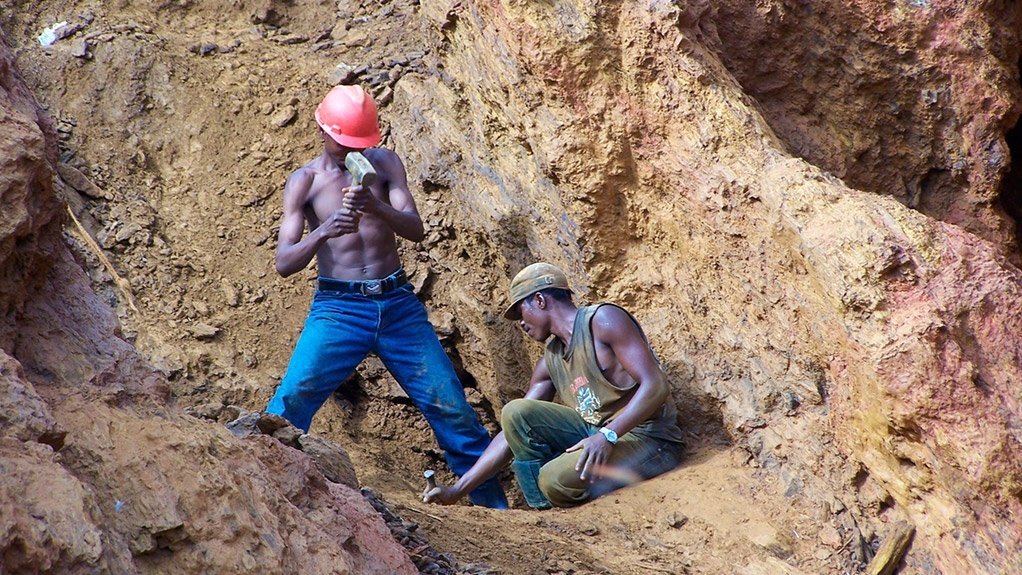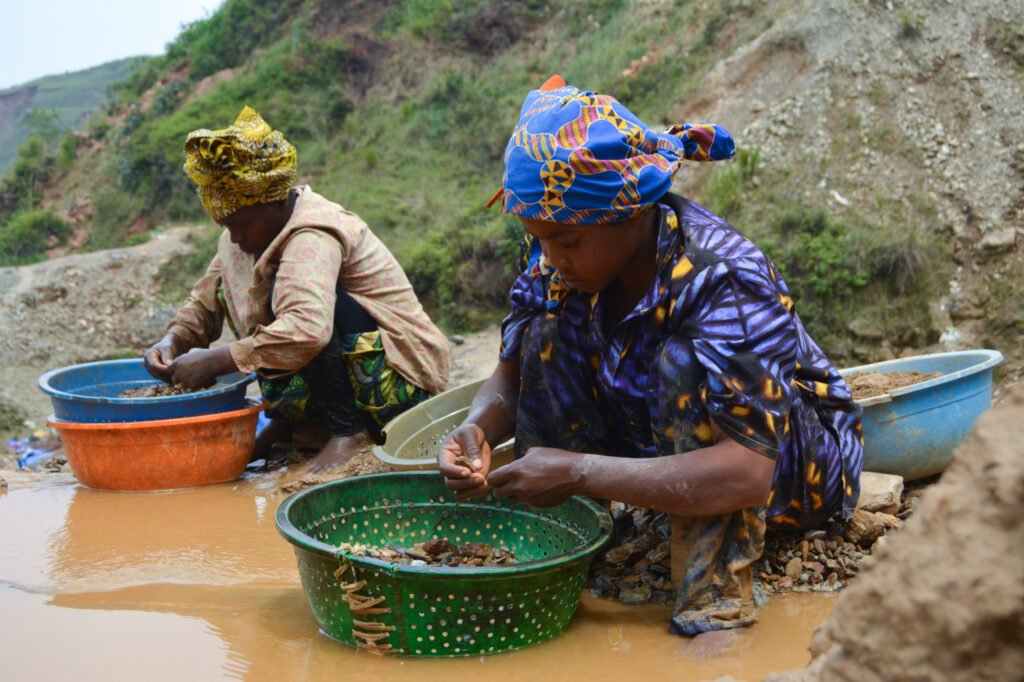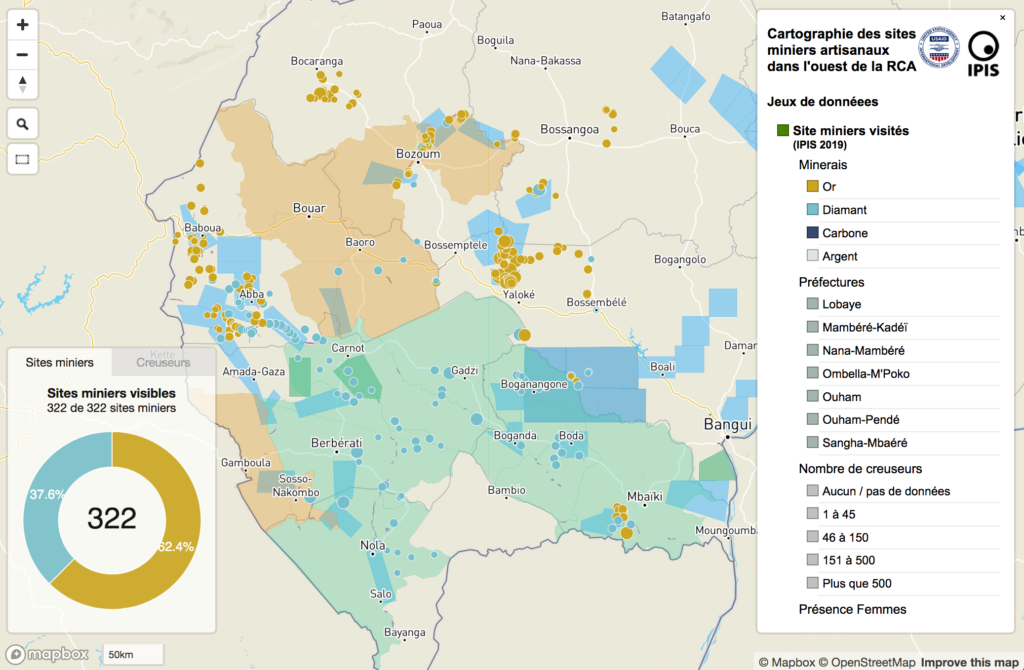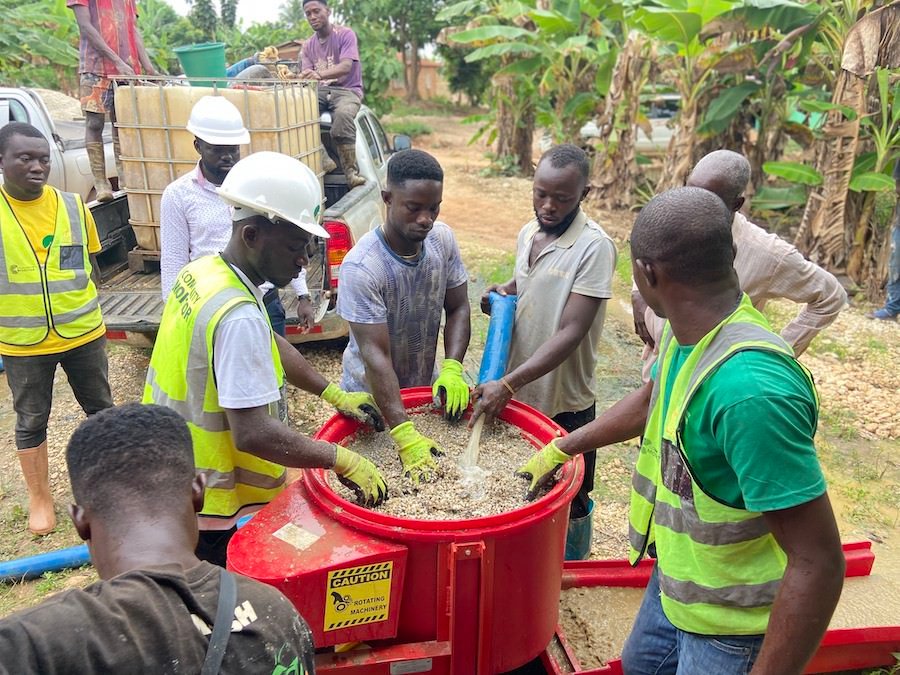Artisanal Mining in Africa

Artisanal and Small-Scale Mining (ASM) is a widespread practice across Africa, providing livelihoods for millions of people, particularly in rural and economically marginalized communities. It involves low-tech, labor-intensive extraction of minerals such as gold, diamonds, cobalt, and gemstones, often outside formal regulatory systems.
Here’s a concise overview of artisanal mining in Africa, its impact, challenges, and potential for formalization.
1. What Is Artisanal Mining?
Artisanal mining refers to informal or semi-formal mining activities carried out by individuals or small groups using basic tools and manual labor. It typically includes:
- Panning for gold in rivers
- Digging shallow pits for gemstones or coltan
- Processing ore with mercury or acid leaching
Unlike industrial mining, ASM is flexible, accessible, and requires minimal capital.

2. Scale and Economic Importance
- Employment: Over 40 million people in Africa depend on artisanal mining directly or indirectly
- Contribution: ASM accounts for up to 20% of Africa’s mineral output, including:
- ~20% of global gold production
- Most of the world’s artisanal cobalt (DRC)
- Significant volumes of diamonds, tin, tantalum, and gemstones
In countries like Ghana, Mali, Tanzania, and DRC, ASM is a vital source of income.

3. Commonly Mined Minerals
| Mineral | Key Countries | Use |
|---|---|---|
| Gold | Ghana, Mali, Tanzania, Sudan | Jewelry, reserves, informal trade |
| Cobalt | Democratic Republic of Congo | EV batteries, electronics |
| Diamonds | Sierra Leone, Angola, CAR | Gemstones, industrial tools |
| Coltan (Tantalum) | DRC, Rwanda | Electronics capacitors |
| Gemstones | Tanzania (tanzanite), Madagascar, Nigeria | Jewelry export |
These minerals often enter global supply chains through both legal and informal routes.
4. Challenges in Artisanal Mining
Despite its economic role, ASM faces serious issues:
- Lack of Regulation: Many operations are illegal or unlicensed
- Dangerous Working Conditions: Risk of tunnel collapses, toxic exposure, and accidents
- Child Labor and Exploitation: Especially in cobalt and gold mines
- Environmental Damage: Mercury pollution in waterways, deforestation, soil erosion
- Conflict Financing: In some regions, ASM funds armed groups (“conflict minerals”)
5. Efforts Toward Formalization and Sustainability
Governments and international organizations are working to formalize and improve ASM through:
- Legal Recognition: Issuing small-scale mining licenses
- Training Programs: On safe practices, environmental protection, and mineral valuation
- Mercury-Free Processing: Promoting alternatives under the Minamata Convention
- Certification Schemes: Such as Just Gold and Fair Cobalt to ensure ethical sourcing
- Integration into Supply Chains: Companies like Apple and Tesla are tracing cobalt from responsible ASM sites

FAQs
Q1: How many people work in artisanal mining in Africa?
A1: An estimated over 40 million, making it one of the largest employment sectors in rural Africa.
Q2: Is artisanal mining legal in Africa?
A2: It can be legal if properly licensed, but much of it remains informal or illegal due to lack of access to permits.
Q3: Does artisanal mining supply global markets?
A3: Yes—artisanal gold, cobalt, and gemstones from Africa reach international jewelry, tech, and battery industries.
Conclusion
Artisanal mining in Africa is a double-edged sword: it provides critical income for millions but comes with social, environmental, and governance challenges. With stronger support, regulation, and integration into formal economies, ASM can become a sustainable and ethical pillar of Africa’s development.

